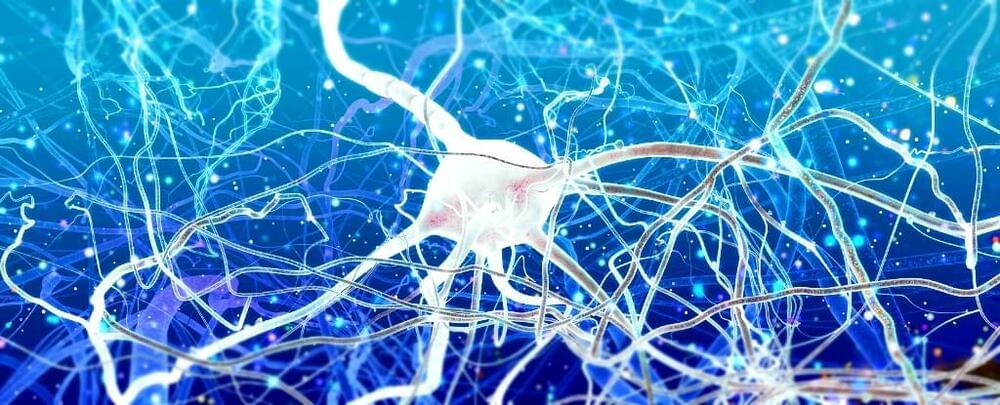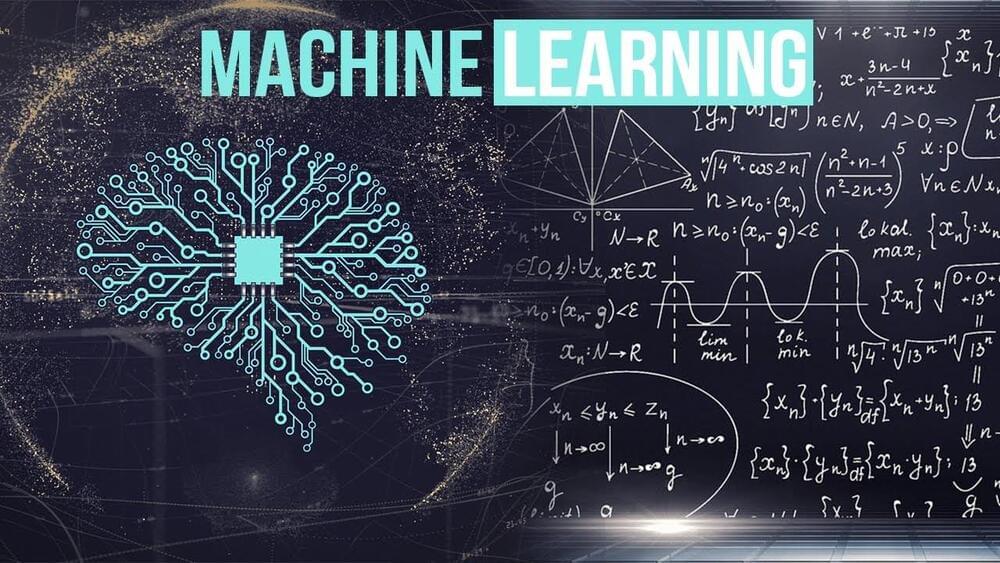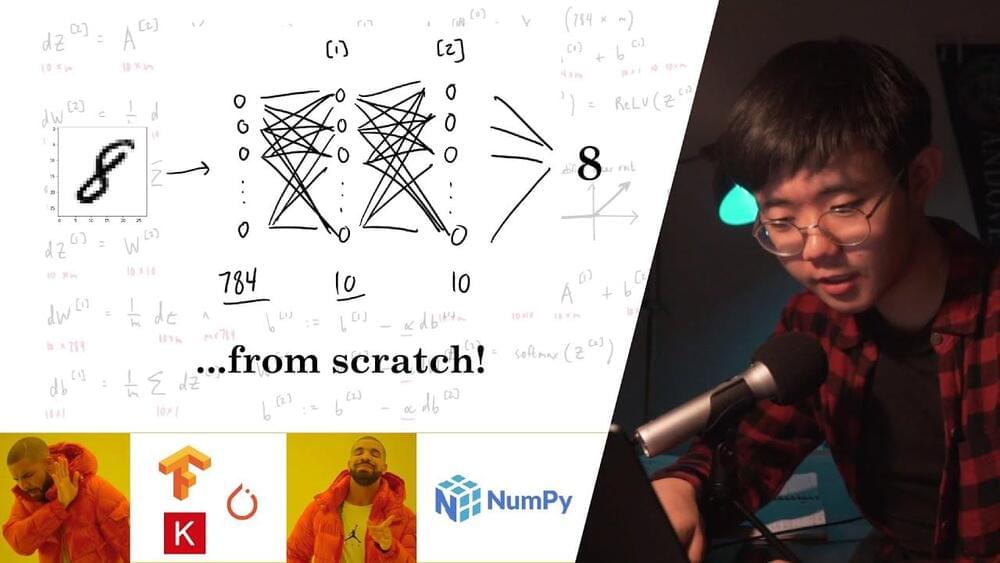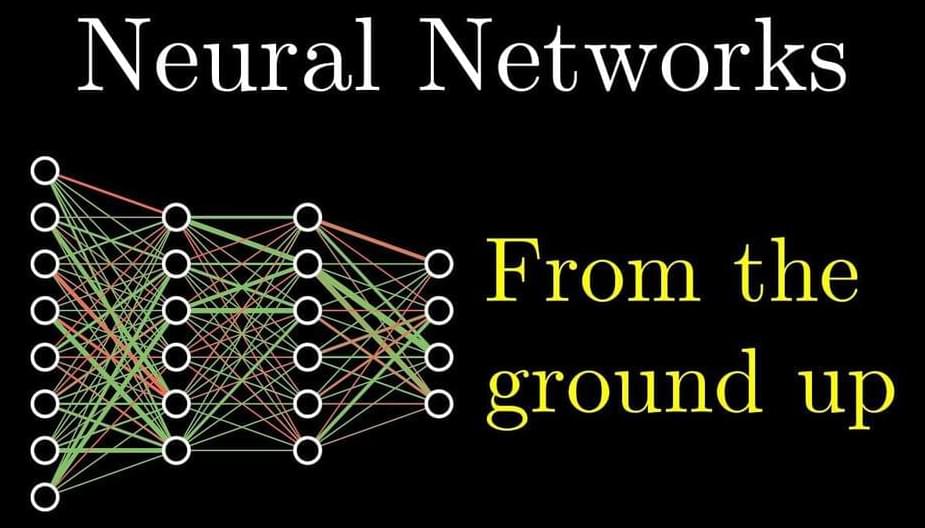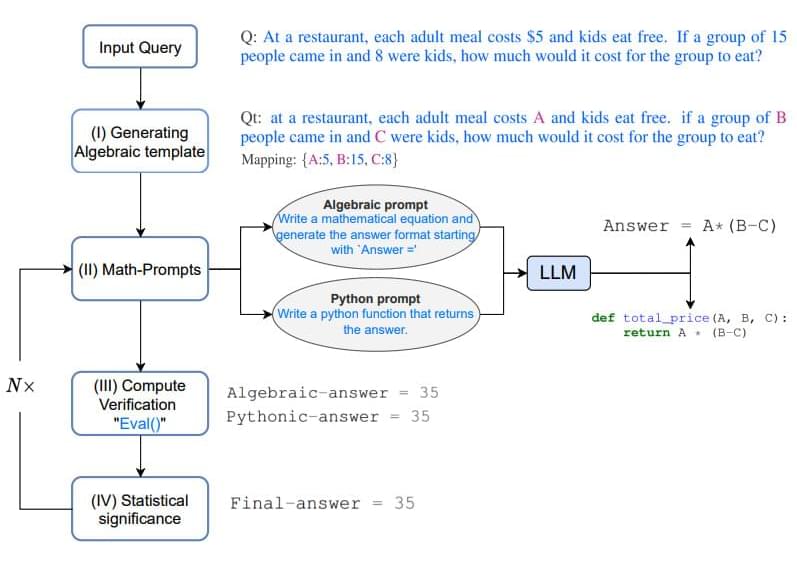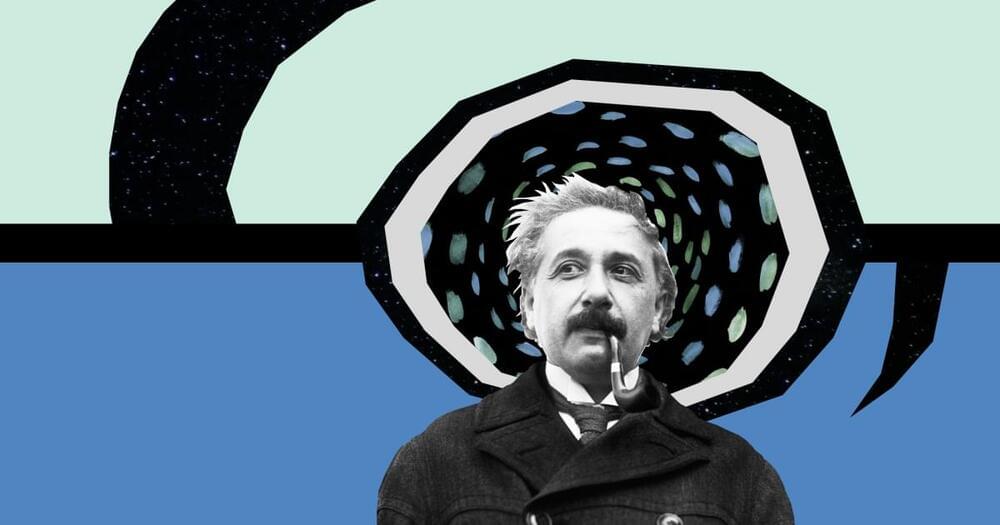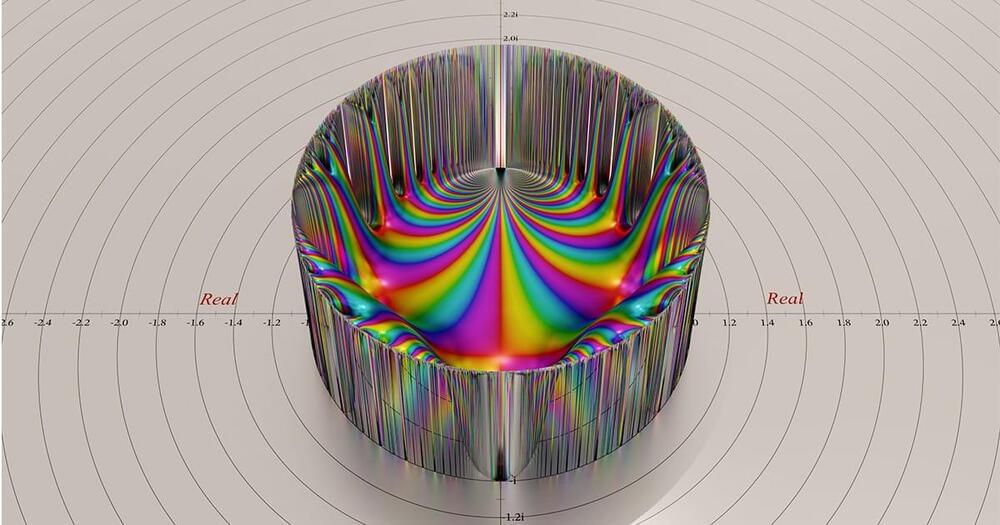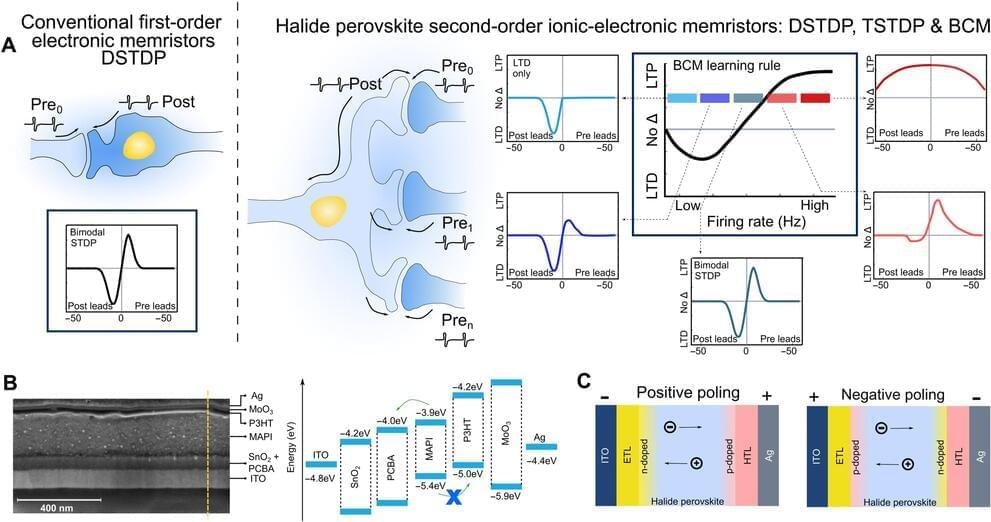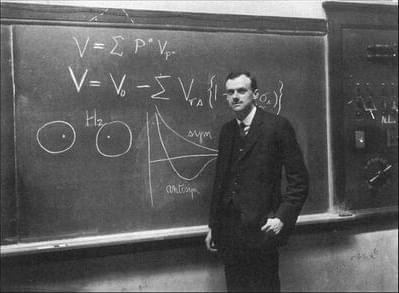Mar 14, 2023
Simple Math Predicts Electrical Activity in The Brain, Study Shows
Posted by Jose Ruben Rodriguez Fuentes in categories: mathematics, neuroscience
Through a vast network of nerve fibers, electrical signals are constantly traveling across the brain. This complicated activity is what ultimately gives rise to our thoughts, emotions, and behaviors – but also possibly to mental health and neurological problems when things go wrong.
Brain stimulation is an emerging treatment for such disorders. Stimulating a region of your brain with electrical or magnetic pulses will trigger a cascade of signals through your network of nerve connections.
However, at the moment, scientists are not quite sure how these cascades travel to impact the activity of your brain as a whole – an important missing piece that limits the benefits of brain stimulation therapies.
